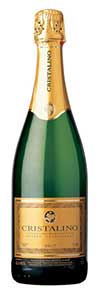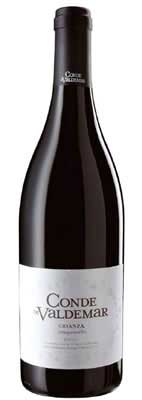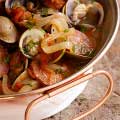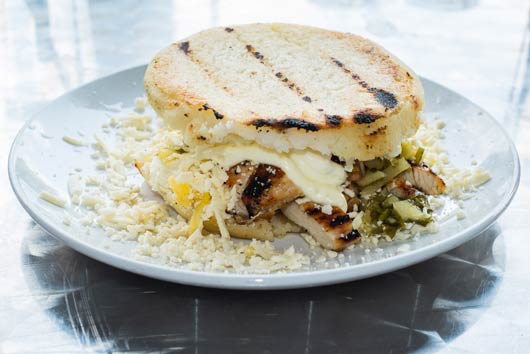 UPDATED November 16th, 2017
UPDATED November 16th, 2017
In taking a glance at a map of the many winemaking regions of Spain, it’s easy to feel overwhelmed. Spain is currently producing wine in every style imaginable, with no shortage of complicated labeling terms and unpronounceable grape varieties. But for the curious wine lover, Spain offers a huge opportunity to find new and delicious favorites for every occasion, season and meal. All it takes is an adventurous spirit and an open mind, and you’ll be drinking your way around this fascinating country in no time. Here are four important Spanish wines to get you started.

Read Related: Mamiverse Mixology: Basil White Wine Sangria
Cava
Cava is Spain’s answer to Champagne. Made in a similar style, but using less expensive grapes and produced in a region where real estate is significantly less expensive than Champagne, Cava offers truly delicious sparkling wine at budget-friendly prices. Serve this festive, bubbly Spanish wine with an array of tapas, vegetable-based dishes or seafood of any kind, and you’ve got yourself a party. One of our favorites is Cristalino Cava Brut NV.

Txakoli
Pronounced CHA-coe-lee, this mouthful of a grape produces white wines that are vibrantly citrusy, incredibly light in texture, and are often just a tiny bit spritzy. Sommeliers in this part of the world will show off by standing on top of a chair or hopping up on the bar to pour this wine into the glass from a great distance, which enlivens the slight sparkle. You simply need to chill it well, pour it into the nearest glass and imagine yourself in a tiny seaside village. Serve with delicate shellfish dishes for a truly authentic pairing. We recommend Txkolina Getaria- Ulacia 2010.

Albariño
Quite arguably the most delicious white wine of Spain, the Albariño grape is produced in the Riax Biaxas (pronounced REE-yas BYE-shas) region in Galicia, Spain, which sits right up against the Atlantic coast, just north of Portugal. With zippy acidity, and characteristic notes of fresh citrus and juicy stone fruit, a bottle of Albariño should be in your fridge at all times, especially during the summer months! Serve with seafood, white meat, and creamy fresh cheese, and watch your guests smile. One of our favorites is Albarino Fefinanes 2010.
 Rioja
Rioja
The king of Spanish reds! The region of Rioja produces wines based on the Tempranillo grape, which has rustic notes of leather and strawberries. Rioja wines are often light enough to serve in the dog days of summer, yet robust enough to stand up to spice-rubbed steak and burgers on the grill. The important thing to note about Rioja wines is that they’re labeled by the length at which they’ve been aged. Wines labeled Crianza are aged for the shortest length of time and will show more simple and straightforward fruity notes. Reserva wines will start to develop dried fruit aromas and an earthier character. Wines with Gran Reserva on the label are only produced in the finest vintages and are aged for the longest period of time—save these for special occasions! We’d recommend Conde de Valdemar Crianza 2006.












